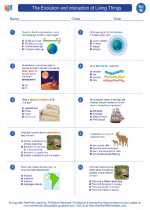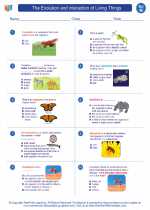Refracting Telescopes
A refracting telescope is a type of optical telescope that uses a lens to gather and focus light. It is also known as a dioptric telescope. Refracting telescopes have been used for centuries and are still commonly used today in both amateur and professional astronomy.
How Refracting Telescopes Work
Refracting telescopes work on the principle of refraction, which is the bending of light as it passes from one medium to another. The basic components of a refracting telescope include:
- Objective Lens: This is the main lens of the telescope, responsible for gathering and focusing light from distant objects.
- Eyepiece: The eyepiece further magnifies the focused light to produce a magnified image for the observer.
When light enters the objective lens, it is refracted and brought to a focus at a point called the focal point. The eyepiece then magnifies this focused image, allowing the observer to see distant objects in greater detail.
Advantages and Disadvantages of Refracting Telescopes
Refracting telescopes have several advantages, including:
- They are relatively low maintenance compared to other types of telescopes.
- They provide high contrast images with minimal distortion.
- They are well-suited for observing planetary and lunar details.
However, refracting telescopes also have some disadvantages, such as:
- They are more prone to chromatic aberration, which causes color fringing around the edges of objects.
- Large refracting telescopes can be heavy and expensive to manufacture.
- They may suffer from spherical aberration, causing a loss of sharpness in the image.
Key Concepts to Understand
When studying refracting telescopes, it's important to grasp the following key concepts:
- Chromatic Aberration: Understand the phenomenon of chromatic aberration and how it affects the quality of images produced by refracting telescopes.
- Focal Length: Learn about the focal length of a lens and how it determines the magnification and field of view of a telescope.
- Aperture: Understand the significance of the aperture (diameter) of the objective lens in gathering light and resolving fine details in astronomical objects.
Study Tips
Here are some tips for studying refracting telescopes:
- Review the basic principles of refraction and how they apply to the function of a refracting telescope.
- Practice calculating the magnification and resolving power of a refracting telescope using the formula: Magnification = Focal length of the objective lens / Focal length of the eyepiece.
- Explore the historical development of refracting telescopes and the contributions of famous astronomers and opticians to their design and improvement.
By understanding the workings and limitations of refracting telescopes, you'll gain a deeper appreciation for their role in the exploration of the cosmos and the study of celestial objects.
.◂Science Worksheets and Study Guides Eighth Grade. The Evolution and interaction of Living Things

 Worksheet/Answer key
Worksheet/Answer key
 Worksheet/Answer key
Worksheet/Answer key
 Worksheet/Answer key
Worksheet/Answer key
 Vocabulary/Answer key
Vocabulary/Answer key
 Vocabulary/Answer key
Vocabulary/Answer key
